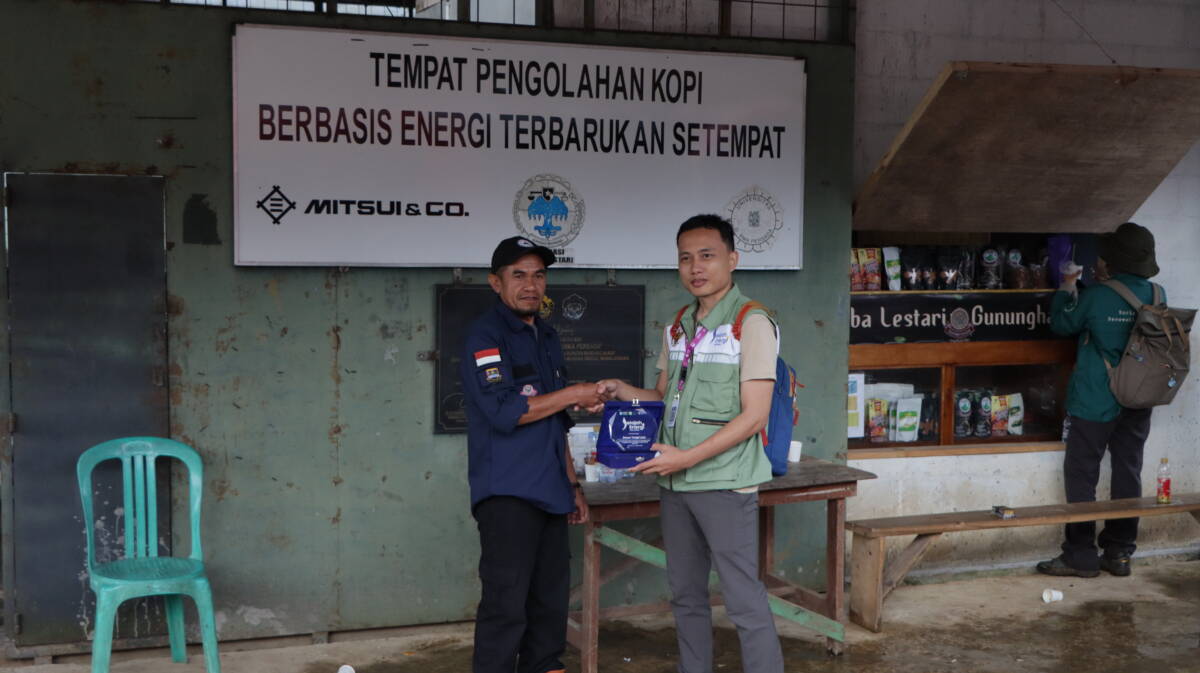Bandung, January 24, 2024 – Renewable energy promotes sustainability and minimizes environmental impacts. In West Java, Indonesia, there is a growing focus on increasing the usage of renewable energy. According to the Energy and Mineral Resources Agency (ESDM) of West Java Province, the region has a renewable energy potential of 192 GW (gigawatts).
The West Java Provincial Energy and Mineral Resources Office, in collaboration with the Institute for Essential Services Reform (IESR), organized a four-day event named West Java Energy Explore from January 23 to January 26, 2024. The purpose of this event was to closely examine the renewable energy developments in the industrial and community sectors in Central Java. On the event’s second day, the group visited two renewable energy plants owned by PT PLN Nusantara Power. Later, the group went to PLTMH Gunung Halu in West Bandung Regency to visit a village.
Hydropower and Solar PV: Two Renewable Energy Sources that Complement Each Other
Cirata Hydroelectric Power Plant is one of the hydroelectric power plants that contributes significantly to providing clean energy in West Java. Ristanto Handri W, Senior Officer of PJB UP PLTA Cirata, explained that the plant has a 500 kV Java Madura Bali interconnection transmission system.
“This hydropower plant, built in the 1980s, has eight power plants with a total capacity of 1,008 megawatts (MW). This hydropower plant is the largest in Indonesia and second in Southeast Asia (after hydropower plants in Vietnam, ed),” said Ristanto.
Meanwhile, Cirata Floating Solar Power Plant (Solar PV) proves solar energy can be integrated into West Java’s energy portfolio. Dimas Kaharudin, Operations Director of PT Pembangunan Jawa Bali Masdar Solar Energy (PMSE), said that the Cirata floating solar power plant has an electricity production capacity of 192 megawatt peak (MWp) and has the potential for additional capacity up to 1000 MWp.
“To keep the solar panel islands from moving, we use anchors. Each island requires 150 anchors located on the edge of the island. One island can produce up to 15.7 MWp. This solar PV proves that clean energy can compete economically with fossil energy,” Dimas said.
Dimas emphasized that a combination of hydropower and solar power plants in one area, such as the Cirata Floating Hydropower and Floating Solar Power Plant managed by PT Pembangkit Jawa Bali (PJB), can maintain a stable electricity supply.
“During the dry season, hydropower plants tend to have low production, whereas the solar power plants have high production. Conversely, during the rainy season, solar power plant production decreases while hydropower production increases. As a result, we can maximize its benefits by utilizing renewable energy in Cirata during both seasons,” Dimas said.
Gunung Halu Microhydro: Empowering Micro Energy for Local Communities
Local wisdom encourages understanding the surrounding natural patterns that have proven to empower the community, for example, in Tangsijaya Village, Gununghalu Village, Gununghalu District, West Bandung Regency, West Java. The residents of this village use and process river currents to generate electrical energy through the Micro Hydro Power Plant (PLTMH).

The operator of Gunung Halu Hydro, Toto Sutanto, explained that this Gunung Halu Micro Hydro has a capacity of around 18 kWh, which can provide electricity to 80 houses in Tangsijaya Village. Not only does the electrical energy from the micro hydro provide electricity for dozens of homes, but it also supports the operation of the coffee factory, which is the center of the village’s economy.
“We utilize the river water discharge of 400 liters/second and a head of 8 meters. The electricity generated from the micro hydro is channeled to residents’ homes, which are only charged Rp 25,000 per month. Meanwhile, public facilities, such as schools and mosques, as well as the homes of elderly residents, are not charged for electricity,” said Toto.

